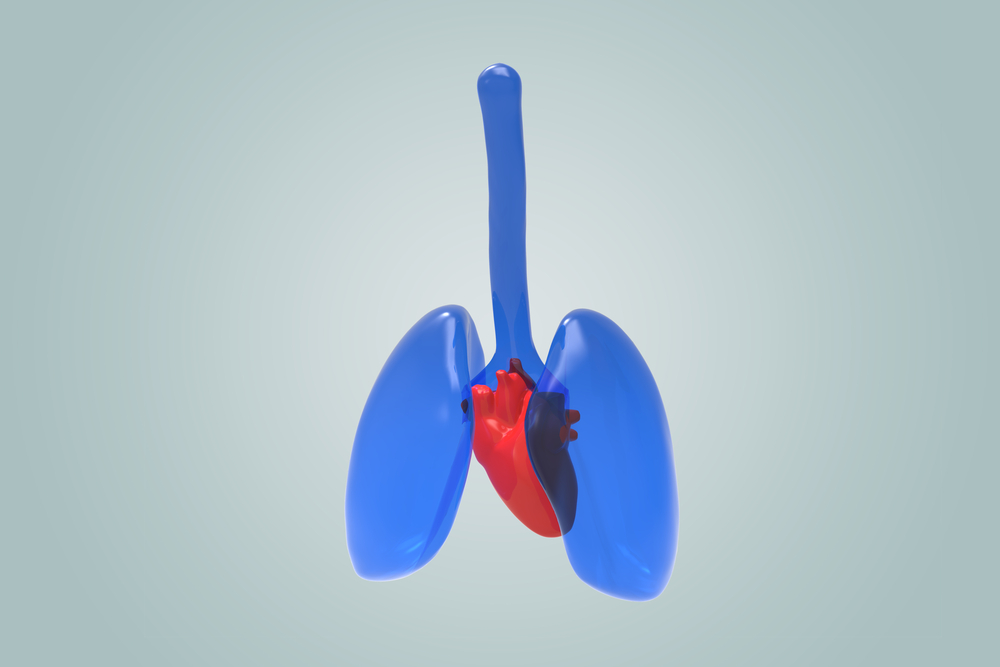An Exciting Time for Research into CTEPH Discussed in Review Article

Patients with pulmonary hypertension may be surprised to know that the disease can sometimes be accompanied by the complication known as thromboembolic pulmonary hypertension (CTEPH). Pulmonary embolisms are the root cause of CTEPH because a pulmonary embolism (a blood clot in the lungs) that fails to be degraded via thromboembolysis can become lodged in blood vessels leading to the lungs and occlude blood flow. Individuals without any history of pulmonary embolisms are susceptible to CTEPH, making it important to understand the pathophysiology, risks factors, and signs of CTEPH.
As suggested by a recent review entitled, “Chronic Thromboembolic Pulmonary Hypertension: the End Result of Pulmonary Embolism,” which was published in Current Cardiology Reports, it is an exciting time for researchers in the field of CTEPH and patients who suffer from the disease. A lot of progress has been made in understanding CTEPH, leading to better diagnosis techniques and therapeutic options.
“Although it is generally believed that CTEPH originates with acute venous thromboembolism, interestingly, up to 40% of CTEPH patients will have no antecedent history suggestive of acute pulmonary embolism,” wrote Dr. Alison S. Witkin and Dr. Richard N. Channick, of the Division of Pulmonary and Critical Care Medicine at Massachusetts General Hospital in Boston.
Often times, CTEPH symptoms are confused with those of other cardiac and pulmonary diseases, which can lead to delays between first notice of symptoms and CTEPH diagnosis. Shortness of breath, progressive exercise intolerance, and chest pain are all indicators of some form of pulmonary hypertension. However, a large difference between pulmonary arterial hypertension and CTEPH is the type of blood vessels that are affected. Pulmonary arterial hypertension affects blood vessels smaller than 300 micrometers in size, while CTEPH affects larger blood vessels that are closer to the heart.
Since patients and their clinicians may not suspect CTEPH is the root cause of symptoms due to the disconnect between patient history and the ease of coming to an improper diagnose, it is important to have a standard technique to diagnose CTEPH. Commonly, ventilation perfusion scans are used to suggest CTEPH, but the gold standard to properly diagnose CTEPH is via right heart catheterization and pulmonary artery angiogram. These may be performed when patients have the indicative symptoms for CTEPH and have some of the common risk factors: idiopathic pulmonary embolism, large perfusion defects, and a right ventricular systolic pressure greater than 50 mmHg.
Once properly diagnosed, CTEPH, unlike other forms of pulmonary hypertension, can be cured by the surgical procedure known as pulmonary thromboendarterectomy (PTE). Recently, a medication developed by Bayer, Adempas (riociguat), was approved by the Food and Drug Administration for patients with CTEPH. Adempas is also indicated for pulmonary arterial hypertension, as the drug acts to increase vessel diameter to allow blood to flow more easily, reducing the pressure the heart must work against to pump blood to the lungs.
Because there are viable treatment options for those with CTEPH, the most significant unmet medical need for addressing the disease is improving early detection, since patient outcomes are hinged on how early an accurate CTEPH diagnosis is made. With researchers making substantial progress in improving early detection of CTEPH, the medical community is becoming increasingly capable of treating and curing people with the disease.







